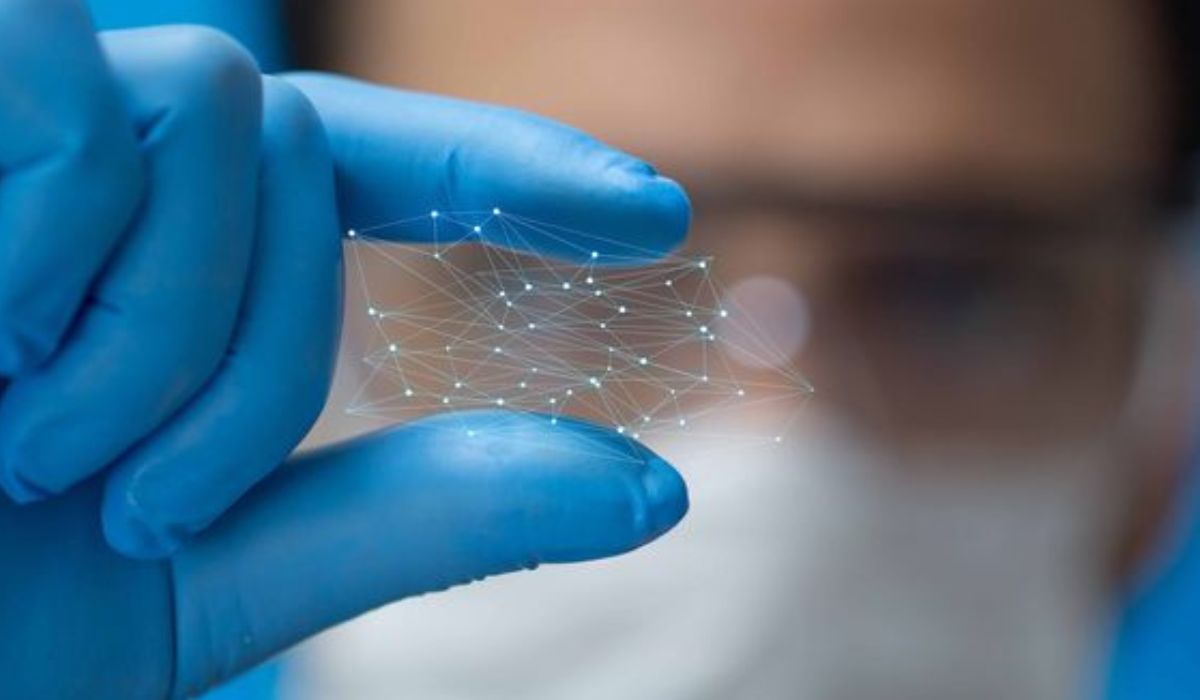Scales, which are invisible to the human sight, are an intriguing and potentially game-changing domain. We leave the microscopic realm of nanotechnology behind and enter the slightly bigger but no less important microtechnology in this article. There are unique opportunities, difficulties, and uses for working at the nano and micro scales.
Nano Wonderland: A Glimpse into the Subatomic Realm
Definition and Characteristics
Derived from the Greek word “nanos” meaning dwarf, the nanometer scale indicates a one billionth of a meter unit of measurement. Unique features of materials, frequently contradicting orthodox physics, are observed at this level. Nanoscale material manipulation paves the way for new materials with improved electrical, optical, and mechanical characteristics.
Nano Applications
- Medicine: Molecular precision diagnostics and tailored drug delivery systems are two examples of the ground-breaking new developments in nanomedicine that have the potential to radically improve medical treatment.
- Electronics: As a result of the semiconductor industry’s use of nanotechnology, electronic components can be made smaller, faster, and more efficient, leading to ever-more-powerful products.
- Energy: Sustainable energy solutions can be advanced with the use of nanomaterials, which pave the way for more efficient energy storage devices and high-performance solar cells.
Bridging the Gap: The Transition to Microtechnology
Defining Microtechnology
The transition from the nano to the micro scale ushers in a new dimension where size is relative but still miniscule. Anything with a size between a micrometer and a millimeter is considered microtechnological. Compact and complicated gadgets with different applications can be developed on this size.
Microtechnology Applications
- MEMS (Micro-Electro-Mechanical Systems): The development of micro-electro-mechanical systems (MEMS)—compact devices that combine mechanical and electrical parts—is heavily reliant on microtechnology. Microelectromechanical systems (MEMS) are a key component in many new robotic and consumer electronics devices, including gyroscopes, microsensors, and accelerometers.
- Biotechnology: One outcome of microtechnology is microfluidic devices, which allow for the exact regulation and manipulation of microscale fluids. The diagnostic tool, DNA analysis, and medication development processes have all been radically altered by this technology.
- Communication: In terms of communication, microtechnology has been instrumental in the creation of increasingly small and ubiquitous devices like smartphones, wearables, and other similar devices.
Scaling Down Challenges
- Manufacturing Precision: The more we explore the tiny world, the more difficult it is to achieve manufacturing precision. Technological advancements like photolithography and electron beam lithography are essential for the utmost precision and control.
- Material Limitations: Materials’ characteristics at these scales may vary greatly from those at larger sizes. At the microscopic and nanoscale levels, materials dependability, stability, and behavior provide formidable obstacles for researchers.
Ethical Considerations
- Health and Environment: Ethical questions arise regarding the possible effects of nanoparticles on both human and environmental health. For responsible development in nanotechnology and microtechnology, it is vital to understand and mitigate these hazards.
- Security and Privacy: Concerns about security and privacy have arisen as a result of gadgets’ shrinking sizes. It is becoming more and more important to address these concerns for the well-being of society as technology continues to shrink and spread.
Synergy of Scales: Collaborative Innovation
Interdisciplinary Collaboration
- Nanotechnology and Microtechnology Integration: Exciting new opportunities arise as nanotechnology and microtechnology intersect. Combining the best features of both scales can create small, efficient devices that can monitor the environment or serve as medical implants, among other uses.
- Cross-Industry Collaboration: It is critical to unite fields like engineering, chemistry, biology, and physics. Working together can lead to creative answers to difficult problems, which in turn can speed up the creation of game-changing technology.
Conclusion: Unlocking the Potential of the Minuscule
Moving from nano to micro is a remarkable achievement in technical evolution, showcasing human resilience and creativity. There is a growing sense of urgency to learn more about these microscopic worlds because of the revolutionary advances that could be possible in fields as diverse as electronics, medicine, and more. A future where the microscopic scales of the micro and nano contain the secret to unparalleled innovations will surely be shaped by the combined endeavors of researchers, engineers, and scientists from all walks of life. We go headfirst into a world where the incredibly tiny serve as the basis for enormous breakthroughs, fully aware of the difficulties and ethical concerns that may arise.
Also Read: Loons And Owls: Using Technology To Track And Protect These Intriguing Birds.
Frequently Ask Questions (FAQs)
What is the fundamental difference between nano and micro scales?
Size is the main differentiator, your answer. The nanometer scale encompasses dimensions down to the billionth of a meter, whereas the micron to millimeter range encompasses dimensions larger than that.
Why is nanotechnology considered revolutionary?
By manipulating matter at the molecular level, nanotechnology reveals its unique features and opens up new uses. The medical, electrical, and energy sectors are just a few that feel its revolutionary effects.
What are some notable applications of nanotechnology?
Nanotechnology has several uses in fields as diverse as nanomedicine, nanoelectronics, and energy, specifically in the form of nanomaterials for efficient devices. It helps with developments like sustainable energy solutions, miniaturized electronics, and tailored medicine delivery.
How does microtechnology complement nanotechnology?
The scale at which microtechnology functions ranges from microns to millimeters, allowing for the creation of both small and complex devices. Along with nanotechnology, it opens the door to broader, more useful applications in areas such as communication, biology, and MEMS.
What challenges arise in manufacturing at the nano and micro scales?
Relying on cutting-edge technology like photolithography, managing materials behavior, and achieving precise control are all obstacles to overcome in manufacturing at these scales. Further complicating matters are ethical concerns about health, the environment, privacy, and security.











